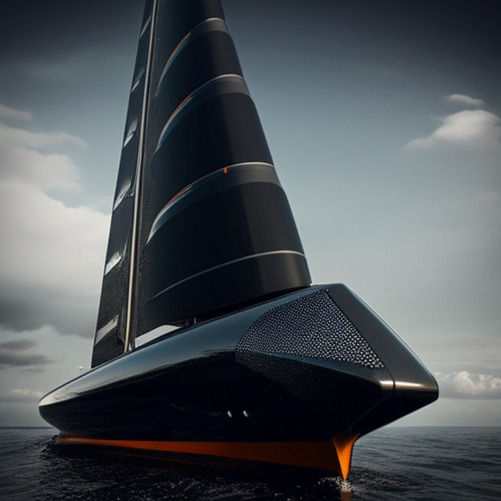Continuous Carbon Fiber for High-Strength Applications
- Pravin Luthada
- Dec 28, 2022
- 3 min read
Updated: Jan 5, 2023
Introduction to Continuous Carbon Fiber

Continuous carbon fiber is a type of reinforcement material that is used to improve the strength and stiffness of a structure or component. It is made by drawing long, thin strands of carbon fibers into a continuous yarn and then weaving or braiding them into a fabric or composite. Continuous carbon fiber is widely used in a variety of high-strength applications, including aerospace, automotive, and sporting goods.
The Advantages of Continuous Carbon Fiber: High Strength-to-Weight Ratio and Resistance to Fatigue

One of the main advantages of continuous carbon fiber is its high strength-to-weight ratio. It is much stronger and stiffer than steel or aluminum, yet it is much lighter in weight. This makes it an ideal material for use in applications where weight is a critical factor, such as in aircraft and race cars.
Continuous carbon fiber is also highly resistant to fatigue, which means it can withstand repeated stresses without failing. This makes it a good choice for use in structural components that are subjected to cyclic loadings, such as wing spars and fuselage frames.
Continuous Carbon Fiber Composites: Properties and Applications
Continuous carbon fiber is typically used in the form of composite material, in which the fibers are embedded in a matrix of resin or another binding agent. This creates a material that is strong and stiff, yet also flexible and impact-resistant. Continuous carbon fiber composites are widely used in a variety of applications including:

Aerospace: It is used to make aircraft components such as wing spars, fuselage panels, and bulkheads.
Automotive: It can be used to manufacture composite parts for the automotive industry, including body panels, drivetrain components, and suspension parts.
Construction: It can be used to make composite materials for use in construction, including bridge decks, beams, and columns
Wind energy: It can be used to manufacture composite wind turbine blades, which are typically longer and more flexible than traditional blades.
Sporting goods: It can be used to make composite materials for use in sporting goods, such as golf clubs, tennis racquets, and skis.

Marine: It can be used to manufacture composite materials for use in the marine industry, such as hulls for boats and ships.
Medical: It can be used to make composite materials for use in medical devices, such as implantable devices and prosthetics.
Consumer products: It can be used to manufacture composite materials for use in consumer products, such as electronics and appliances.
The future of Continuous Carbon Fiber production technologies
The production of continuous carbon fiber is expected to continue to advance and improve in the coming years. One area of focus for the Addocmposites team is to development of more efficient and cost-effective production processes. This could involve the use of new materials and technologies, such as advanced tool development, software, and AI models to enable new manufacturing techniques, such as automated Fiber Placement, Continuous Fiber 3D printing, and Tape / Filament Winding.
In addition to improving the efficiency and cost-effectiveness of production processes, there is also a growing focus on the development of low-cost, sustainable continuous carbon fiber materials with enhanced performance characteristics. This could involve the use of recycled or bio-based materials as feedstocks for carbon fiber production or the development of more environmentally friendly manufacturing processes.
Finally, there is increasing interest in the use of continuous carbon fiber in a wider range of applications, including in the construction and energy sectors. As the technology continues to improve and become more widely available, it is likely that continuous carbon fiber will play an increasingly important role in a variety of high-strength applications.
Ready to leverage your manufacturing with continuous carbon fiber? Contact Pravin Luthada or James Kuligoski via LinkedIn to request to explore how our AFP can help your business.
About Addcomposites
Addcomposites is the provider of the Automated Fiber Placement (AFP) ecosystem - including the Fiber Placement System (AFP-XS), 3D Simulation and Programming Software (AddPath), and Robotic Cells (AddCell). With the leasing program for the AFP system (AFPnext), composites manufacturers can work with thermosets, thermoplastics, dry fiber placement, or in combination with 3D Printers on a monthly basis.





Comments